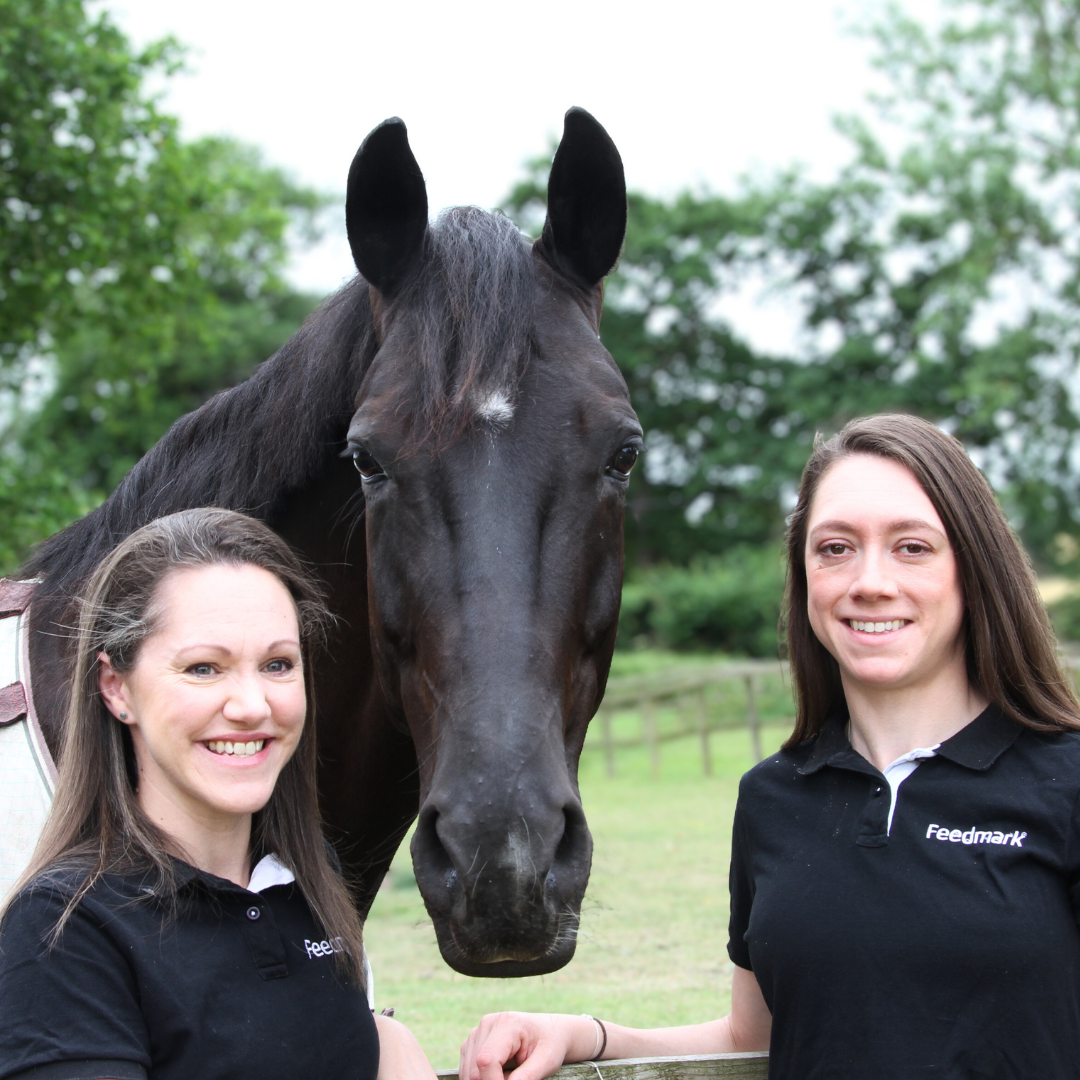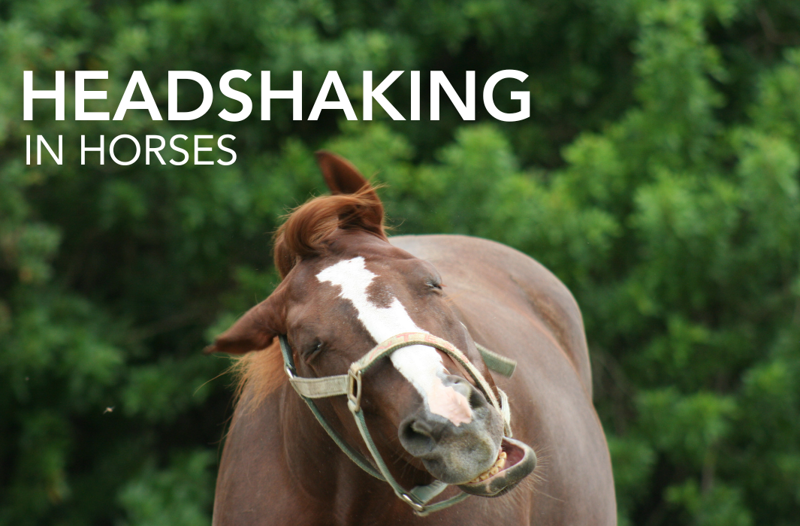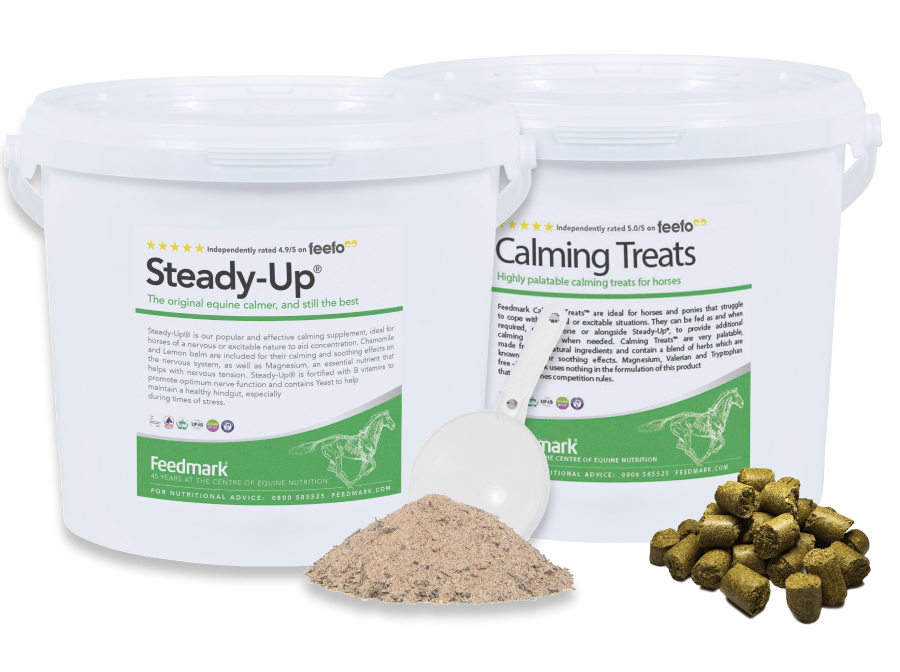Whilst all horses toss their heads occasionally, repeated headshaking can become more of a problem and even dangerous in some cases. It is defined as violent, usually vertical, shakes, flicks or jerks of the head in the absence of any apparent physical stimulus.
While there can be many causes, one of the first distinctions when trying to elucidate the cause is whether the headshaking occurs only when ridden, or at rest as well.
What causes headshaking in horses?
Common causes of headshaking in horses that occur predominantly when ridden can be:
- Dental issues
- Poorly fitting bridle and bit
- Poorly fitting saddle
- Back pain
Headshaking in horses that occurs consistently, not just during ridden work, can be caused by the following factors:
- Ear mites or infection
- Vision disturbances
- Temporomandibular joint osteoarthritis
- Dental infections
- Pollen allergies
- Sensitivity to dust
- Light sensitivity (known as photic headshaking which is linked to transgeminal nerve sensitivity)
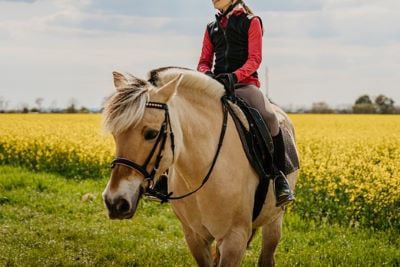
Pollen can often trigger headshaking in horses or ponys
In a recent survey bright sunlight, wind and high pollen count were the factors most reported by owners to be a trigger for this headshaking behaviour, with the seasons affecting severity.
Excluding resolution of an underlying problem such as an infection or tack, treatment options have varying success rates, in part due to difficulty in pinpointing the exact cause.
Managing headshaking in horses due to pollen and dust:
When sensitivity to pollen and dust are suspected, ensuring optimal airway support is key. The mucous lining the upper respiratory tract (URT) is the first line of defense against particles entering the airways. This traps the foreign particles before they can irritate the delicate lining of the URT. The mucous containing the trapped particles is then removed by the mucociliary escalator; the rhythmic beating of the tiny hair-like cilia that line the airways to move mucous up towards the throat. It can then be expelled through coughing and sneezing, or swallowed.
Managing photic headshaking in horses:
In horses for whom photic headshaking is suspected, a potential theory is that strong sunlight and / or longer sunlight hours cause irritation to the transgeminal nerve. It has been suggested that this triggers the nerve to fire inappropriately, leading to a tingling or burning sensation around the muzzle. Treatment options are varied and have limited success rates. In milder cases, maintaining normal nerve function through nutrition has proven to offer support.
Can nose nets help headshaking?
In both of these scenarios, nose nets have been demonstrated to provide some relief. By using a dark-coloured nose net attached to a bridle when riding the inhaled air is partly filtered, removing some of the particles that could cause irritation. As it also blocks some of the light it can be helpful for photic headshakers as well. Some riders have found that the foot of a pair of tights cut off and attached to the noseband can also be effective. As the mesh tends to be finer than that of a nose net, it can filter more particles. In addition, as it is more close fitting than a nose net and sits snugly over the muzzle, it provides an alternative stimulus to the transgeminal nerve, potentially reducing the likelihood of the nerve firing in response to the light.
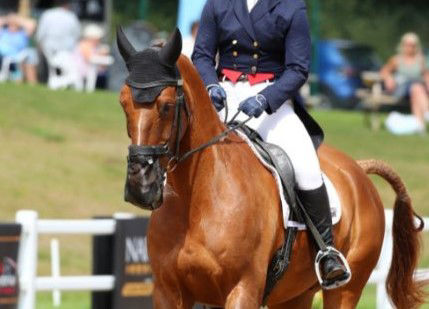
Nose nets have been demonstrated to provide some relief to horses who head shake.
Conclusion
In summary, the causes of headshaking are extremely varied and can be difficult to diagnose. However, accurate diagnosis is key to finding the appropriate treatment. Photic headshaking is still, unfortunately, relatively poorly understood and it may be necessary to explore several therapeutic avenues before finding something that helps.
For any advice or questions you may have, please don't hesitate to reach out to our expert nutrition team. You can call 0800 585525 Monday-Friday 8:30am-5:00pm. Email [email protected], or send us a DM on social media.

